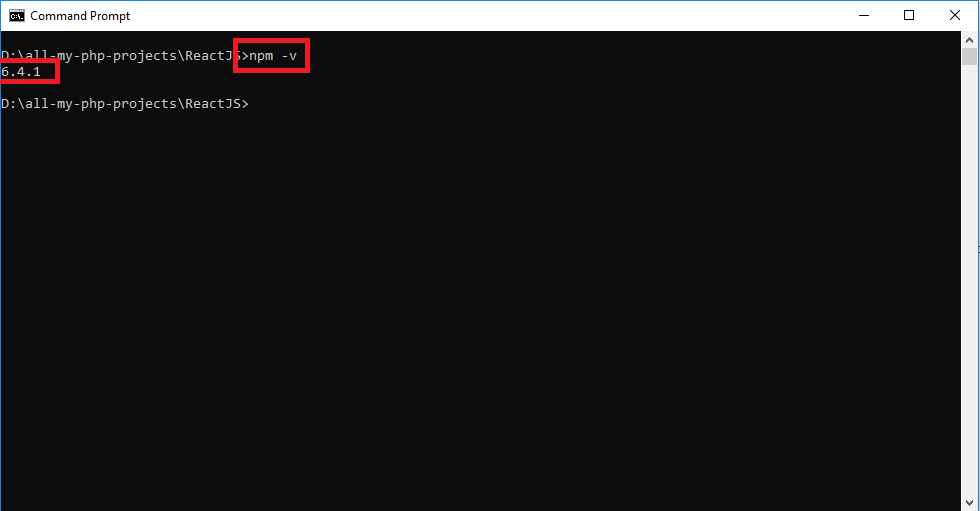

You should see the output Node is installed!. This will start Node.js and run the code in the hello.js file. To run the code simply open your command line program, navigate to the folder where you save the file and type node hello.js. A simple way to test that node.js works is to create a simple JavaScript file: name it hello.js, and just add the code console.log('Node is installed!'). This should print the version number so you’ll see something like this 1.4.28 To see if NPM is installed, type npm -v in Terminal. This should print the version number so you’ll see something like this v0.10.35. To see if Node is installed, open the Windows Command Prompt, Powershell or a similar command line tool, and type node -v. Make sure you have Node and NPM installed by running simple commands to see what version of each is installed:

You won’t be able to run Node.js until you restart your computer.

Installing Node.js® and NPM is pretty straightforward using the installer package available from the Node.js web site. For example, the Windows Command Prompt, PowerShell, Cygwin, or the Git shell (which you get when you install Github for Windows).


 0 kommentar(er)
0 kommentar(er)
